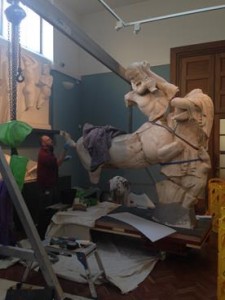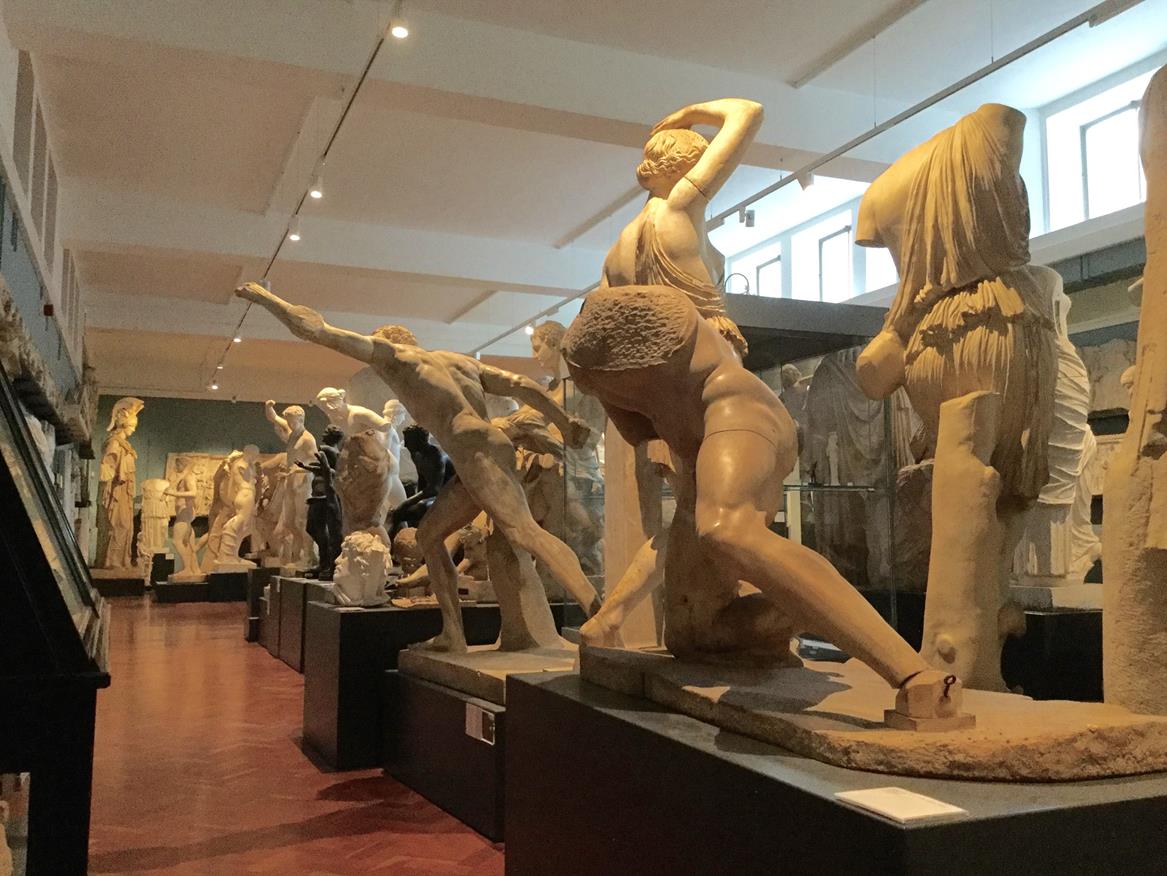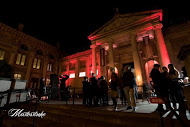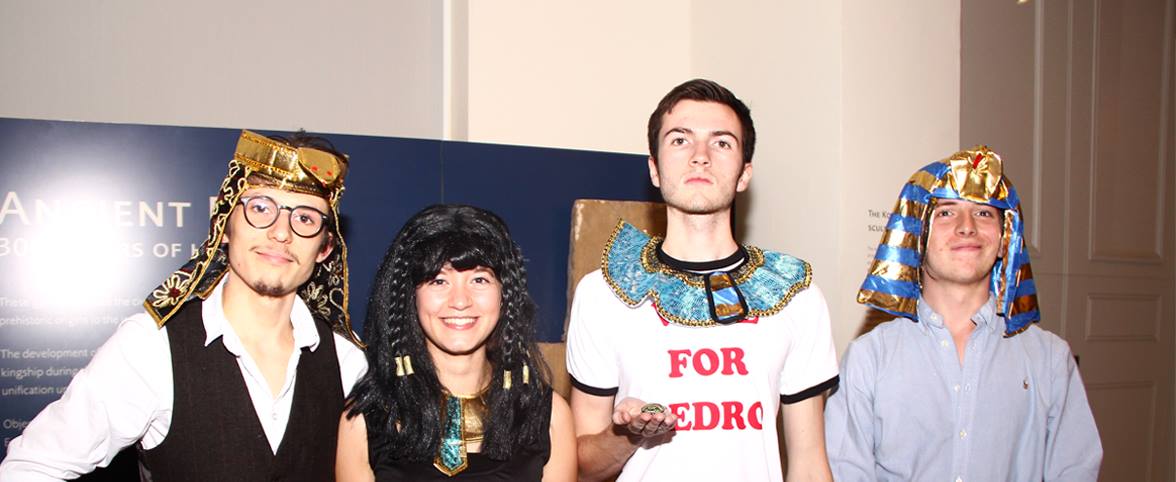by Abbey Ellis
Why should we care about casts? Why does the Ashmolean have a gallery dedicated entirely to their display? And what actually is a cast anyway? Allow me to enlighten you. A cast is an exact replica of an ancient Greek or Roman sculpture, made from Plaster-of-Paris or silicone. The Ashmolean Museum has an extensive cast collection of casts, over 1000 in fact, one of the largest collections in any museum. These casts are very important as they are exact replicas of the ancient originals, allowing those who may not get the chance to travel across the world to examine the real sculptures to study and appreciate these ancient artworks. They are very often employed by Classical Archaeology tutors at the University of Oxford for the purpose of teaching students. In addition, these pieces of sculpture are the artistic inspirations that shaped today’s Western art. But not all of the Ashmolean’s casts are available for public viewing. Due to limited space, many are hidden away in the Lower Cast Gallery. A dedicated team of volunteers enables members of the public to access these spectacular pieces.

Adding new Cast into the gallery
On the volunteer-led tours of the Lower Cast Gallery, groups of up to twelve members of the public are taken down to the restricted area of the museum and introduced to three different sculptures. The volunteers, who are enrolled on an extensive training programme before being let loose with the public, talk briefly about the history of and stories behind some key pieces. Some interesting stories illustrated in cast form in the gallery include the birth of the goddess Athena, who supposedly sprang fully formed from the head of her father Zeus, the king of the gods. This story was represented on one of antiquity’s most famous buildings: the Parthenon.
Something that you may not expect to learn about casts is just how fragile they are. One small bump could cause the entire cast to topple over, even the enormous examples such as the cast of the 4th century BC Persian satrap Mausolus located in the Lower Cast Gallery, which stands at over 1m tall. This is due to the process that is used to create the casts. A cast is created by placing a mould directly onto the original ancient sculpture and then the impression left in the mould is used to make the cast. The casts are completely hollow, and often they have to be made in several pieces. These pieces are then fixed together, and if you observe some of the casts in the Ashmolean’s galleries carefully, you can see the join lines where the sculpture is fitted together. The public was recently treated to a view of the behind-the-scenes processes involved with the construction of the casts. In recent months, the Ashmolean set up a new cast in its upper gallery, a sculpture of a centaur (a half-man, half-horse) attacking a Lapith woman. The original sculptures adorned the Temple of Zeus at Olympia, the birthplace of the Olympic Games. However, it is important to remember that the casts that we see today do not appear in the form that the ancients would have recognized them. In antiquity, these sculptures were very brightly coloured, but the paint, made from natural pigments, only survives in isolated cases in the archaeological record. The clean, white casts that we know today would have looked unfinished to an ancient viewer. A reconstruction of how ancient sculptures would have really appeared can be found in the Upper Cast Gallery. A cast of the Prima Porta statue, a representation of the Roman Emperor Augustus, can be found at the top of the steps leading into the Lower Cast Gallery.
If you are interested in attending a tour of the Lower Cast Gallery, these run each Thursday and Saturday at 2pm, meeting at the entrance to the Museum.

The treasures in the Lower Cast Gallery


